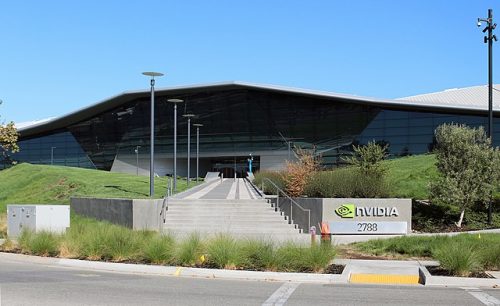Nvidia, a leading technology company, has developed new software called NeMo Guardrails that can prevent artificial intelligence (AI) chatbots from providing incorrect information or engaging in harmful activities. This software has been developed in response to the "hallucination" issue that has arisen with the latest generation of AI models.
The issue with current large language models (LLMs) is that they can sometimes provide inaccurate information or engage in harmful activities. This can happen when the AI model "hallucinates" or generates outputs that are not supported by the data it has been trained on. This is a problem that needs to be addressed, as incorrect information or harmful activities can have serious consequences.
Nvidia's NeMo Guardrails software works by adding guardrails to prevent the AI model from addressing topics that it shouldn't.
The development of NeMo Guardrails is an example of how the AI industry is currently scrambling to address the "hallucination" issue with the latest generation of LLMs. Other companies are also working on similar solutions to this problem. For example, OpenAI, another AI company, has developed a system called "GPT-3" that can be used to generate text. However, this system has been criticized for generating inaccurate and biased outputs.
The development of NeMo Guardrails is a significant step forward in addressing the "hallucination" issue with LLMs. It is likely to be welcomed by software makers who are looking for ways to prevent their AI models from generating incorrect information or engaging in harmful activities. In addition, the software could be used to improve the safety and security of AI systems more broadly.
Nvidia's NeMo Guardrails software is a significant development in the field of AI. It has the potential to prevent AI chatbots from generating incorrect information or engaging in harmful activities. While there is still much work to be done to address the "hallucination" issue with LLMs, NeMo Guardrails is a positive step forward. As the field of AI continues to grow and evolve, it is likely that we will see more solutions like this emerge to address the challenges that arise.
























